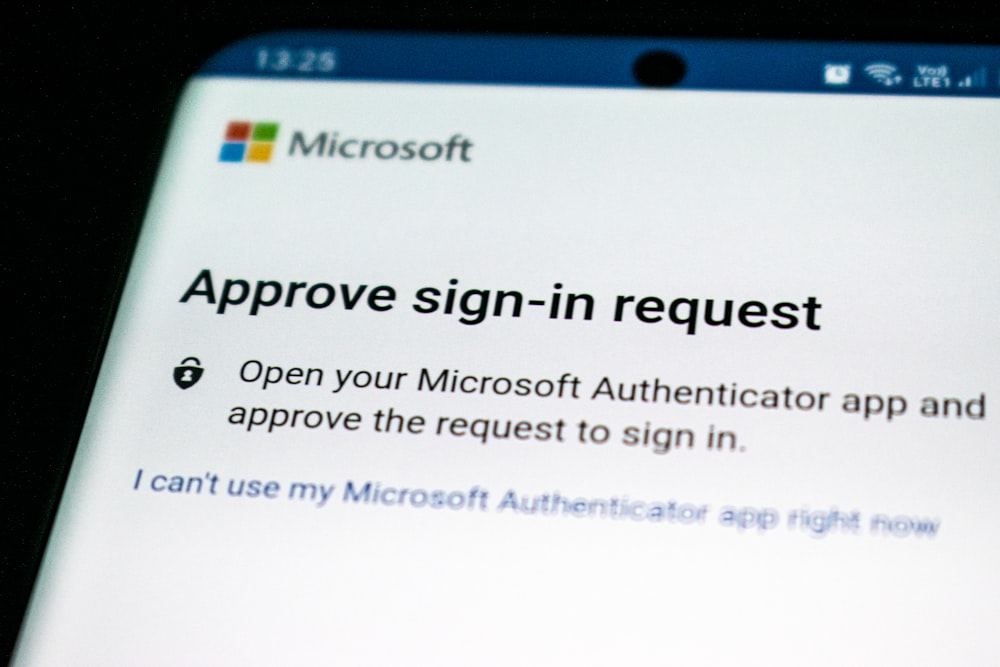5 Ways To Minimise Business Security Risks

Photo by FLY:D @ unsplash
With technological advancement, businesses have transferred most of their operations online to make them more accessible. However, the transition accelerated in 2020 due to the Covid-19 pandemic forcing people to work remotely. The increased online activity leads to more security risks and threats, targeting businesses that need help to mitigate the risks.
This may interest you: A Business Leader’s Guide To Seeking Managed IT Services
Many factors can cause business security breaches—for instance, rogue employees with access to your business networks, admin accounts, and data centres. Uninformed or careless employees can increase security risks by clicking phishing emails or using vulnerable, weak passwords. Moreover, data theft can increase if employees use their mobile devices to access your business's information or share relevant data.
But how can your business protect its information and that of its customers from security threats? To answer this question, here are ways for your business to minimise security risks.
1. Conduct A Security Risk Assessment
A security risk assessment helps identify threats in your business, evaluates them, and suggests measures to mitigate them. In other words, it helps assess and remediate your business' vulnerability. Performing a security risk assessment enables you to make informed decisions regarding allocating resources and implementing proper security measures. Therefore, conducting a risk assessment is an entail aspect of mitigating your business security risks.
But who can perform a risk assessment? The process is best handled by an in-house team that understands your business infrastructure. However, you can contract a third party like securitas technology if your business needs more skilled personnel. You can also hire IT support experts in Vancouver and other service providers in your area to perform the risk assessment.

A risk assessment process entails five steps, which include the following:
- Determining The Scope: This step identifies which areas and systems require assessments. After identifying these areas, you bring the stakeholders of these departments on board to help identify security risks.
- Threat And Vulnerability Identification: Here, you identify internal and external events that can cause damage or put your business in potential danger. The analysis should cover technical, physical, and process flaws.
- Analyse The Risks: After identifying the threats, determine how they impact your business. Identify your business's weak points and ways a breach can occur.
- Evaluate And Prioritise Risks: Using your analysis results, determine the best cause of action. If the risk is low and insignificant, you can avoid taking action. If it's significant and hard to mitigate, consider transferring responsibility to a third party. Thus, consider visiting proteksupport.com to contact the best experts. On the other hand, if the risk is significant and addressable, have your team deploy security measures to mitigate them.
- Document The Risks: After mitigating them, document and regularly review and update them to provide more visibility.
Explore: What Are Your Biggest Risks In Cyberspace?
Since new threats emerge daily, a security risk assessment should be continuous. Experts recommend performing a risk assessment once every year with an external team. Your in-house team should perform a risk assessment every three months.
2. Train Your Employees
As stated, one of the major causes of security threats is uninformed employees. Many hackers access your business data through phishing emails sent to your employees, which contain malicious links that can access information, including login details. The emails are hard to identify as hackers impersonate other staff members, making them seem legitimate. For this reason, security awareness training entails educating employees to identify, understand and prevent cyber security threats. Training your employees ensures they get the importance of data security and privacy. With this knowledge, your employees can take necessary measures to protect your business information and avoid errors that could lead to a data breach. Also, training increases your workers' compliance with your data protection policies, reducing cyber-attack threats. Moreover, it boosts employees' confidence, leading to high productivity and job satisfaction.
Read more: 5 Ways To Foster Cyber Resilience In Your Company
3. Use Strong Passwords And Update Them Regularly
One of the simplest yet effective ways to mitigate your business security risks is implementing solid passwords and frequently updating them. Many data breaches result from weak and easy-to-guess passwords. With the advancement of password-cracking technology, simple ones don't have a chance. Use complex passwords and implement two-factor authentications to keep your business data secure. Also, use different passwords in various sections to keep the others secure even if one area is hacked. Adfixus recommends using a password manager that can also generate strong passwords.

To minimise security risks, consider implementing the following measures in your passwords.
- Your passwords must have at least eight characters in length
- They should contain a mixture of characters, such as uppercase and lowercase letters, numbers, and symbols
- They shouldn't include your personal information
- You should update them every three months
- Don't use the same passwords in different accounts
- Don't use correctly spelt words that are easy to guess.
Supplementary reading: How CEOs Can Make Their Companies More Cybersecure
These are some of the best tips for stronger passwords. Remember to store them in encrypted formats.
4. Prioritise Physical Security
Most businesses focus on mitigating digital security risks that they forget their physical premises. You don't want to be in a scenario where your online systems are safe from hackers, but you experience data breaches because criminals broke into your offices. Physical security protects customer information, business data, equipment, assets, and facilities.

There are different ways to enhance your physical security. For instance, you implement perimeter security, including electric fences, mantraps, gates, and turnstiles. Placing security cameras in well hid areas where criminals can't tamper with them. Also, use unique locks with keys that are difficult to duplicate or implement verification security systems, such as badges or biometrics. Finally, you should back up your data securely to protect it from floods, explosions, or electric complications.
Auxiliary reading: Best Practices for Secure Remote Work Access
5. Install Firewalls
Hackers are developing more advanced ways of accessing your business data every day. That's why you should protect your online systems by installing firewalls. These are devices that form a barrier between incoming and outgoing traffic. They monitor and filter the networks and can be set to allow or block specific types of traffic. For instance, it can filter and block suspicious emails and viruses.

Conclusion
There you go! These tips provide a great starting point for building a security mitigation strategy. However, your approach must be adaptable to stay ahead of emerging threats and vulnerabilities. Therefore, to protect your business, have a plan that can deal with attacks when they occur.
Be sure to check out the media below:
Leaderonomics.com is an advertisement-free website. Your continuous support and trust in us allow us to curate, deliver and upkeep the maintenance of our website. When you support us, you enable millions to continue reading for free on our website. Will you give it today? Click here to support us.
Business
Tags: Consultant Corner
Peter Jones is a content writer with over three years of experience. He is also a statistician by profession and a qualified mathematician. During his free time, Peter loves going to the gym, reading, and travelling.





